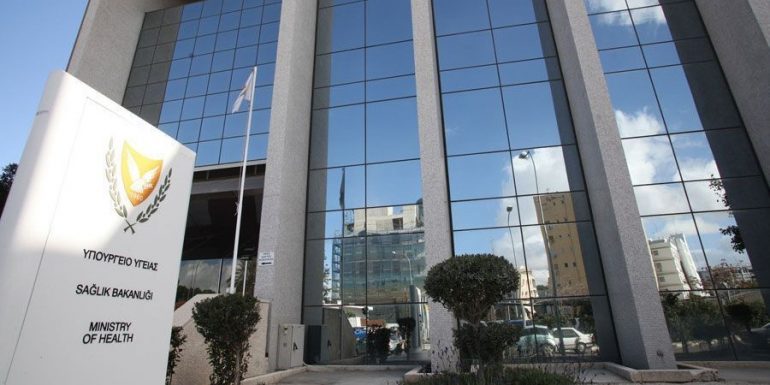The Ministry of Health answers five frequently asked questions about the new measures that came into force today.
This announcement:
1. On what grounds were the decisions on the measures based and what is their purpose?
Taking into account psychological and social factors and in order to ensure the functioning of society with the least possible impact on the daily lives of citizens, it was decided to adopt a package with a time horizon of 13 December, in order to give sufficient time for the measures to be effective and there has been an improvement in the epidemiological picture.
The measures focus mainly on reducing a person's close contacts, but also on reducing the movement and mobility of citizens. At the same time, the measures limit the areas and activities where there can be synchronization and therefore easier transmission of the virus.
2. Why is the presence of 75 people allowed in churches?
The presence of 75 people is the ceiling, which also applies to other enclosed spaces (eg dining areas, conference and meeting rooms), where people gather. The maximum limit of 75 persons in churches / places of religious worship is applied in parallel with the other conditions and instructions of the relevant protocol such as, inter alia:
- Attendees must be seated, without intense movement.
- Attendees must wear a protective mask throughout their church presence.
- In addition to the maximum limit of 75 people, the regulation applies for the presence of one person per 3 sq.m. interior space and based on the measure for keeping a distance of 300 sq.m. per person, there could be up to 3 people, the number of people can not exceed 100. Respectively if a sacred temple has 75 sq.m. indoors the number of people who will attend will be 150.
3. Why while the presence of up to 75 people is allowed during church / other forms of religious worship, while weddings, baptisms and funerals are allowed with the presence of only 10 people?
The limit of 10 people applies to all social gatherings, as well as to gatherings of people in homes. Weddings, baptisms and funerals are considered social gatherings, as long as people know each other and inevitably due to intense emotional load and social activism, they are manifestations of increased risk and high rate of transmission.
During the tracking in the previous period, it was revealed that large cases of cases had occurred after funerals or weddings and baptisms, a fact that made it difficult to investigate them, but also to limit the spread.
4. Why was it decided to suspend the operation of specific industries such as gyms and limit the opening hours of restaurants?
Gyms due to the nature of the activity are classified in places where the risk and transmission index is very high (risk category "red") according to estimates by the ECDC and the World Health Organization. In addition, due to the fact that athletes can practically not use masks, and fully comply with protection measures, they are considered areas with an increased degree of transmission of the virus.
With regard to catering establishments, in many countries such as the United Kingdom, catering establishments were among the first industries to either cease operations or operate with restrictions from September due to the high risk of viral transmission. In Cyprus in the recent period, chains of cases have been recorded, which make it very difficult to track down, but also to stop the spread of the virus. At the same time, the measure for the operation of the dining areas until 7 pm is part of the general framework of the measures for limiting the mobility and the coloring.
5. Why are children's extracurricular activities prohibited while schools remain open?
The operation of the schools is governed by protocol and guidelines, and their implementation is observed with great care. Therefore, the situation within the school units is under control and there is a procedure that is applied in case of case detection. At the same time, the children in the classrooms are bubbles, helping the process of tracking down and reducing the number of close contacts.
On the other hand, in extracurricular sports, social and other activities, children from different schools gather and the appearance of a case from these places can spread the virus to students of other schools and consequently to more schools, with the risk that the transmission can not be controlled. .
